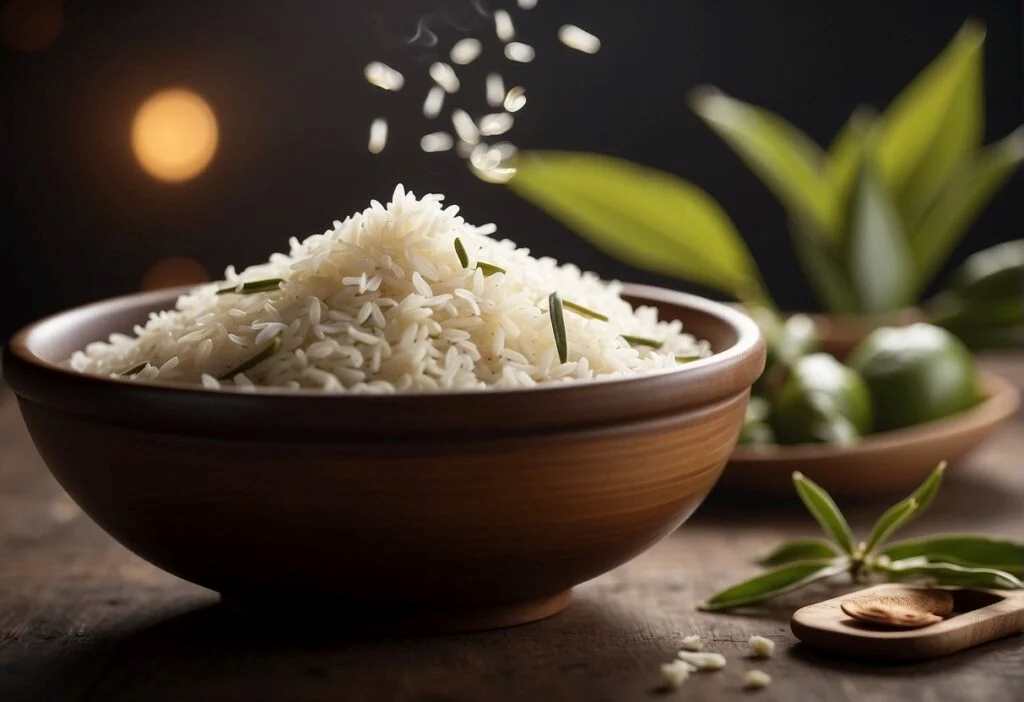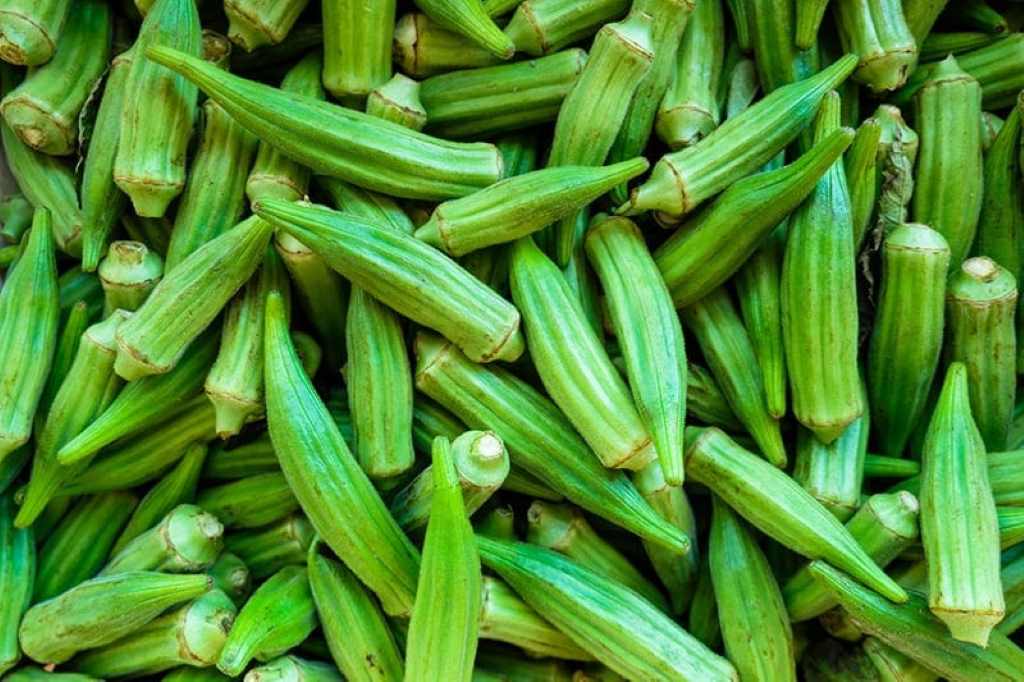Rice, quinoa, couscous, farro – the world of grains offers endless culinary possibilities. While plain rice can be comforting, a little culinary exploration can elevate your meals to new heights. Let’s delve into a variety of techniques and flavors that will transform your grains from ordinary to extraordinary.
1. The Power of Aromatics and Spices:
The journey to flavorful grains often begins with the humble sauté pan. Before adding your grains, gently sauté aromatics like onions, garlic, ginger, or shallots in a touch of oil or butter. This simple step infuses the grains with a savory base flavor. Then, as the grains cook, introduce a symphony of spices. Cumin, coriander, turmeric, paprika, and chili flakes offer warmth and depth. For a bolder experience, explore cardamom, cinnamon, cloves, or star anise. Remember, a pinch goes a long way, so start small and adjust to your taste. Additionally, if you’re wondering how to make rice less salty, adding more water and letting it cook longer can help balance out the flavors.
2. Broth: Beyond Water:
Ditch the plain water and reach for flavorful broths when cooking your grains. Vegetable broth, chicken broth, or even mushroom broth will significantly enhance the final dish. If you’re feeling adventurous, consider using coconut milk for a creamy, tropical twist, especially with rice or quinoa.
3. Herbs and Citrus Zest:
Fresh herbs like parsley, cilantro, dill, or chives introduce brightness and freshness to your grains. Chop them finely and sprinkle them in towards the end of cooking or as a garnish. For an extra burst of flavor, consider adding a touch of citrus zest – lemon, lime, or orange zest can elevate the aroma and taste of your dish.
4. Toasting: Unleashing Nutty Notes:
Before cooking, consider toasting your grains in a dry skillet. This simple technique brings out their nutty flavors and adds a subtle crunch. Quinoa, farro, and freekeh particularly benefit from toasting. Keep a close eye on them as they toast quickly, and be sure to shake the pan frequently to ensure even browning.
5. Embrace Global Flavors:
Grains are a staple in cuisines worldwide, each with its unique flavor profiles.
- Mediterranean: Combine cooked couscous with chopped cucumbers, tomatoes, olives, feta cheese, and a lemon-herb vinaigrette for a refreshing salad.
- Indian: Sauté rice with fragrant spices like cumin, turmeric, and garam masala. Add vegetables like peas and carrots for a vibrant “pulao.”
- Mexican: Combine cooked rice with black beans, corn, salsa, avocado, and a squeeze of lime for a delicious and filling “arroz con frijoles.”
6. Finishing Touches:
Once your grains are cooked, a few finishing touches can elevate their flavors even further.
- A drizzle of olive oil: This adds richness and a touch of fruitiness.
- A knob of butter: This creates a luxurious and comforting element.
- A sprinkle of grated cheese: Parmesan, Pecorino Romano, or crumbled goat cheese add savory notes.
7. Experiment and Innovate:
Don’t be afraid to experiment with different combinations of aromatics, spices, herbs, and liquids. Consider adding chopped nuts, dried fruits, or even a dollop of pesto or harissa paste. The possibilities are truly endless.
Grains: More Than Just a Side Dish:
By embracing these flavorful techniques, you’ll discover that grains are much more than just a side dish. They can become the star of your meal, offering a canvas for endless culinary creativity. With a little effort and imagination, you can transform humble grains into flavorful masterpieces that will tantalize your taste buds and leave you craving more.





